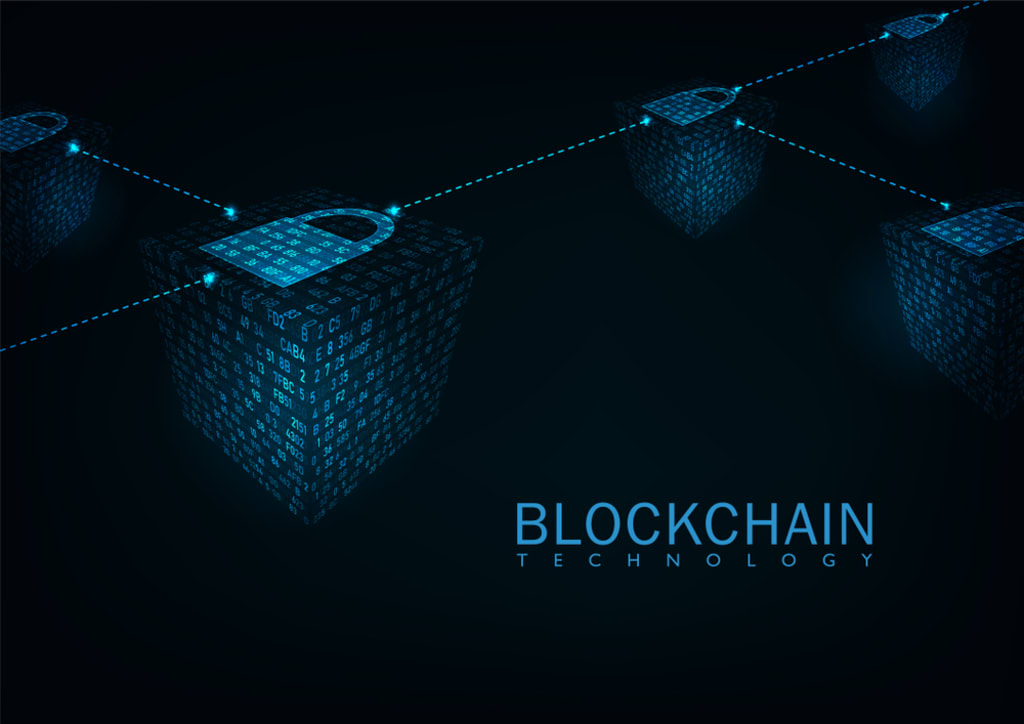Blockchain Technology: A 21st-century reorientation of digital asset management
Discover the answer to today's delayed and complex digital asset management workflow systems with the magic of blockchain technology.

Digital Asset Management (DAM) and blockchain technology have witnessed rapid advancements in a range of areas, including banking, finance, healthcare, education, publishing, mining, and energy among others.
Digital asset management workflow systems have evolved from simple file storage to comprehensive lifecycle management tools. On the other hand, Blockchain technology has progressed beyond its monetary beginnings.
Smart contracts, non-fungible digital assets, and the decentralization of applications such as supply chain management, strong authentication, management of records, and digital rights management have all seen a rise in innovation.
Paper contracts are giving way to digital signatures as businesses migrate to the digital mode which, due to a lack of regulation, monitoring, market control, and/or liquidity, are more vulnerable to market abuse, market manipulation, and insider trading by market participants than is customary
As a result, it's past time to locate a more suitable location for all of our digital assets.
The creation of apps and systems that interact with blockchain-based solutions is more secure with a user-friendly interface that can transact and store digital assets to meet the problems and hazards of an individual or business having total control over their digital assets.
However, the way digital asset management workflow and related operations are conducted is evolving as customer expectations and the market environment change, and businesses are being pushed to upgrade their communication systems and procedures to facilitate asset access across channels.
In this article, we will see how your company can enhance through Blockchain with the help of digital asset management workflow systems.
What is Blockchain in asset management?
The basis of any business is information, and blockchain is ideal for providing it because it creates immediate, shareable, and transparent data that is stored on an immutable ledger that can only be read by authorized network users.
The hash mechanism ensures that non-changing data is kept safe.
A blockchain network can keep records of purchases, operations, finance, and operations, among other things.
Don't get me wrong: Blockchain is much more than a payment system. It can store and handle any form of data while also providing an auditable history.
To put it another way, blockchain can aid in the much more optimum functioning of digital asset management solutions.
To put it another way, blockchain can aid in the much more optimum functioning of digital asset management solutions.
What is the relationship between Blockchain and Digital Asset Management?
A "block" of data is collected for each transaction.
A tangible (product) or an intangible asset is swapped in these interactions (intellectual). You may store any information you wish in the data block, including who, what, when, where, how much, and its state.
Each block is linked to the blocks that come before and after it.
In a blockchain, transactions are linked in an irreversible chain. Each consecutive block improves the prior block's verification, and hence the whole blockchain.
As a result, blockchain is no longer vulnerable to tampering, granting it the essential feature of absoluteness. This avoids the possibility of malicious entity tampering while still producing a reliable transaction record.
These blocks form a data chain as an asset moves from one location to another or ownership changes hands. The blocks are securely linked together to prevent any one of them from being altered or replaced by another, and they verify the precise time and sequence of actions.
Why is Blockchain Integrated with Digital Asset Management?
A popular DAM option is blockchain technology.
Blockchain gives numerous choices for making data highly safe with validation networks since computer data storage is dangerous because it is distributed and decentralized online for storing.
The blockchain confirms the accuracy of the data.
Because the data on Blockchain is hashed, it is also impossible to modify. It is distributed to a large number of validators, making data manipulation extremely difficult without being noticed.
The use of blockchain app development technology can help to safeguard sensitive data and lessen the likelihood of such incidents occurring. Not only that, but it also ensures privacy and personal integrity.
As a result, there's no denying that Blockchain has the potential to become a critical component of any Digital Asset Management workflow system.
Importance of Digital Asset Management
Digital assets, such as data, apps, and systems, are critical for any organization. The responsiveness of these assets varies greatly depending on the industry.
For example, a digital photograph may be used as solid police evidence in an inquiry, or your face shot can be used to unlock your iPhone X. As a result, data must be accurate and unaltered.
Healthcare is another industry where data is crucial. There are sensitive healthcare data, including patient information.
Indeed, Digital transactions are the most valuable assets in financial organizations.
In the last five years, the number of cyberattacks has more than doubled and businesses tend to face massive losses. As a result, a solid strategic framework is critical for protecting your digital assets.
Companies must develop a cost-effective approach to store, search, retrieve, and distribute assets while maintaining the greatest degree of security.
Blockchain and the Future of DAM
Following cloud computing, blockchain is seen as the next technological wonder to acquire widespread adoption and generate significant interest not just in customer applications but also in business applications.
Enterprise-class blockchain platforms such as Ethereum, Corda, and Hyperledger have witnessed significant expansion in support and adoption over the previous year.
Smart Contracts were established by Blockchain 2.0, a new generation of blockchain technology that is predicted to usher in a new age for DAM, similar to how PaaS cloud computing altered the future of DAM.
How Will Digital Asset Management Workflow Beneficial Your Business?
Productivity and efficiency are crucial to modern businesses, and as more firms use cutting-edge technology to ensure their success, you must do the same if you want to stay updated with the latest landscape.
A workflow can increase your production by eliminating the majority of your manual labour. Creating a thorough process is the way to go if you want to increase your productivity.
Here are some significant advantages:
- Accelerate Processes
- Notifications, Reminders, and Alerts
- See the Big Picture
- Unified Platform
- Creative Process Optimization
What Will Be the Impact of Blockchain on Digital Asset Management?
In digital asset management, transactional data security and reliability are the keys of success.
This is becoming increasingly difficult to do as transaction channels expand, with businesses managing transactions from a wide range of digital sources in addition to traditional bank transfers.
There are various ways a blockchain might help you achieve transactional data transparency and resilience:
- Enables open collaboration
- Enhances Transparency
- Enforces consistency
Which Digital Asset Management Workflow Tool Should You Choose?
The million-dollar question is now which digital asset management technology is ideal for your company.
The answer is somewhat dependent on your company's needs and your tastes. BUT, according to BJIT, here are a few things that might help you limit your options:
- Excellent Search Quality
- Extreme adaptability
- Task Distribution
- Reports on Digital Analytics
The Individual Approach of BJIT
In transactional databases, BJIT's technique is quite straightforward to implement. With very small alterations, blockchain technology can be swiftly incorporated into current IT processes. Compliance with data storage rules, greater security, lower IT system management costs, and increased efficiency of various tasks may all be achieved with minimal investment.
Our digital asset management solution includes a payment system, access control tools for security, storing and operating encryption information, and a practical blockchain-enabled asset management workflow system.
The payment system and secure encryption management tool employ a multi-signature (multi-sig) protocol contract, role-based passcodes with detailed and accurate access control administration system, account separation for security and privacy, retrieval keys, daily limits, social recovery, and co-signing provide our users with complete control over the level of custodianship of their private key.
Ending Note
This is an exciting time for businesses to begin considering how to use digital assets in their operations.
There have never been more chances to deliver new services and products while reducing risk and expenses. Make sure you remain up to date on the newest developments and call out to us as you plan your approach so you can proceed with confidence.
About the Creator
Joe Harkins
Hey, I'm a freelance writer and like to create some stories and blog as well.






Comments
There are no comments for this story
Be the first to respond and start the conversation.